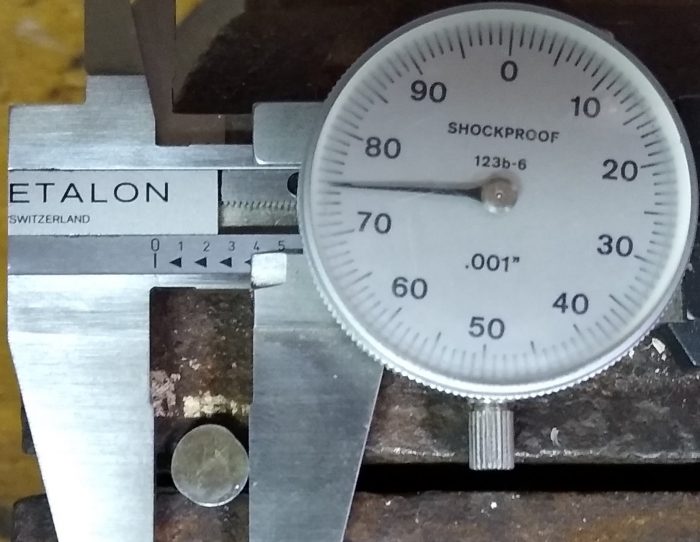1. Is the 3/8" minimum nail head size for asphalt shingles just a suggestion? I ask because all of the roofs around here seem to be being nailed with heads that measure a bit small. I have a box of coil roofing nails from a few years back with actual .375" heads and boxes for hand nailing are .375", but the coils I've seen lately have roughly .325" heads.
2. What is a solidly sheathed deck? If I step on a previously rotted area and it squishes down a 1/2", is that solid? 3/4"? 1"?
3. Does code specify a minimum width for the last shingle of a course used at the rake?
4. Is there a min or max specification for the overhang of starters and shingles over the rake's drip edge? Should the shingles completely cover the rake edge starters?
5. Besides cosmetics, is it a problem to have inaccurate exposures, crooked shingles, and overlapping edges?
6. How much of a stagger from one course to another is required?
7. Will a significant number of crooked or overdriven nails pass inspection?
If it matters, location is Minneapolis, MN
2. What is a solidly sheathed deck? If I step on a previously rotted area and it squishes down a 1/2", is that solid? 3/4"? 1"?
3. Does code specify a minimum width for the last shingle of a course used at the rake?
4. Is there a min or max specification for the overhang of starters and shingles over the rake's drip edge? Should the shingles completely cover the rake edge starters?
5. Besides cosmetics, is it a problem to have inaccurate exposures, crooked shingles, and overlapping edges?
6. How much of a stagger from one course to another is required?
7. Will a significant number of crooked or overdriven nails pass inspection?
If it matters, location is Minneapolis, MN


